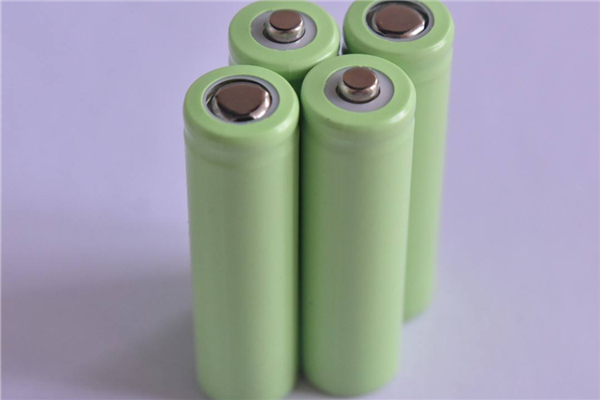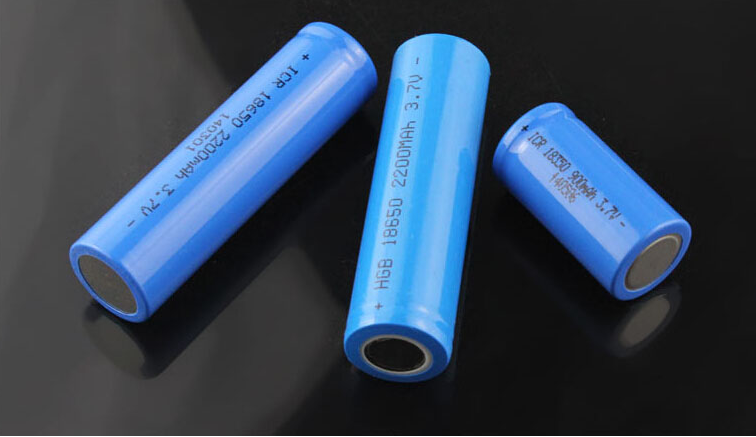What metal is used in lithium ion batteries?
Aug 13, 2019 Pageview:1616
A lithium-ion battery is a type of rechargeable battery. They are commonly found in portable electronic devices and electric vehicles. The interesting thing is that they are growing huge popularity forspecial and military applications. The batteries come up with a high energy density, low self-discharge, and no memory effect.
If you’re curious to know what type of metal is used in lithium-ion batteries, then you’ve come to the right page. Here, you will get to know more about lithium-ion batteries.
What kind of metal is used in lithium-ion batteries?
Following are common kind of metal used in lithium-ion batteries-
· Lithium
It is a chemical element with Li symbol and it is a silvery-white and soft alkali metal. Lithium is the lightest metal and solid element under standard conditions. Like other alkali metals, it is highly flammable and reactive.
· Aluminum
It is a soft, non-magnetic and silvery soft metal with Al symbol. It is derived from bauxite and moreover, it is the 3rd most abundant element in the crust of the earth after oxygen and silicon. In lithium-ion batteries, this metal is used as a cathode material. When the metal exposed to air, it forms a passivation layer, which protects the metal from corrosion.
· Manganese
Manganese with Mn symbol and it is produced by mining “iron” and other minerals. It is relatively abundant and mined all over the globe, except in North America. High purity and high-grade manganese are in high demand for lithium-ion batteries. It is used to prevent steel corrosion and acts as a cathode element in lithium-ion batteries.
· Spinel
It is a hard glassy mineral that consists of an oxide of aluminum and magnesium that creates a 3-dimensional chemical structure. They were referred to as rubies and at present, they belong to the most popular gemstones in shades of green, yellow, black, brown and blue. Lithium-ion batteries based on manganese involves Spinel structure in which the cathode creates a 3-dimensional model that comes up after initial formation. And Spinel batteries are famous for their low resistance.
· Titanate
It belongs to inorganic compounds that compromise of titanium oxides. The materials are of white color and have a high melting point. It is used for anode material in some lithium-based materials. Lithium-based titanate batteries can be charged fast with little stress.
Besides these metals, there are also other metals which include nickel, cobalt, and graphite and so on.
Which metals will benefit from the coming lithium-ion battery boom?
A lithium-ion battery can be pretty misleading as only a small part of the battery actually contains lithium. Those who are unfamiliar with these types of batteries composition need to know that it has 3 main components - cathode, anode, and the electrolyte.
While lithium battery has been the center of attraction in these days, following are metals that will benefit from the coming lithium-ion battery boom.
· Lithium
Lithium consumption is expected to reach 340,000t by 2020, with Li-ion batteries sector gulping up half of that supply. It is projected to almost double between 2020 and 2025 again, with high demand for this metal expected to reach 600,000t.
· Graphite
As Li-ion batteries market continues to grow, graphite demand is expected to pick up, with the global market projecting for about 25% of the consumption of graphite.
· Cobalt:
This metal rides high in the Lithium-ion battery. It is widely used in the batteries due to its supply. The largest supplier of this metal is the Democratic Republic of Congo which provides more than half amount to the entire world.
· Nickel:
Another metal which is most commonly used with Lithium-ion batteries is Nickel. The market is going through a very unique phase linked with batteries. High purity nickel is required for the batteries which increase the demand of the element throughout the world.
All the manufacturers are trying to make a breakthrough with different elements combining them with Lithium-ion batteries. Let’s see who will win the race!!
Materials And Processing For lithium ion batteries:
The materials used in the Lithium-ion batteries are cathode, anode, and electrolyte. Here is a brief explanation of the materials used in these batteries.
- Prev Article: You Should Know More about Lithium-ion Battery Charger Module
- Next Article: How to know more about 18650 Battery Ratings
Leave Message
Hottest Categories
-
Hottest Industry News
-
Latest Industry News











